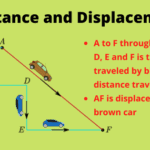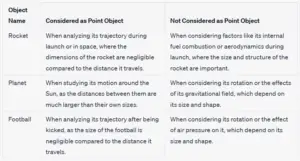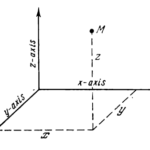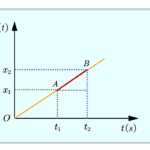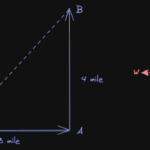In this tutorial, we will learn about how to find position in physics and what is the concept of position in physics. The concept of position in science or physics is a starting point in the study of physics and is introduced while studying kinematics.
The next concept you can learn is the concept of distance and displacement in physics
Finding position in physics
Key Takeaways:
- Position in physics is an object’s location, fundamental to kinematics.
- The position is determined relative to a fixed reference point (origin).
- In one-dimensional motion, positions are represented on a number line.
- Particle position requires distance and direction from the origin.
- The quantity “x” indicates the position of the body relative to the origin.
What is a position in physics?
If we want to describe the motion of an object, we measure the position, distance, velocity, and other such parameters of the object.
The position of a particle in physics is the place where it is being placed. Generally, this place can be located on a number line when the motion we are studying is in one dimension.
The position of an object is measured from some fixed point known as the reference point.
For example, if a person says the bus is moving, it means that the bus is changing its position with respect to that person in a given time interval. In this case, the person is the reference point.
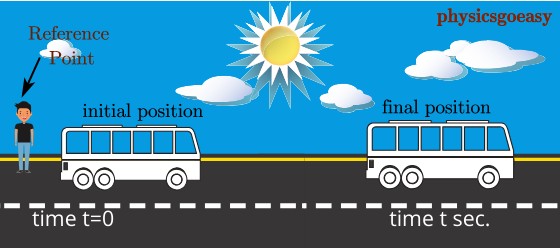
So,
A reference point or origin is defined as a fixed point or fixed object with respect to which the given body changes its position.
Finding Position in number line
To describe the position of the particle at a given time we have to specify
- Its distance from the origin and whether it is in the positive direction or negative direction as seen from the origin.
Let us now consider an example where a man starts walking towards the right of the tree. At \(t = 5\) minutes he covered a distance of 10 meters and then start moving towards the left.
Now at time\( t = 8\) minutes, he is at a distance of 5 m from the origin.
We will now mark the positions of the man at two given instants of time.

Here in the above figure, O is the origin. This position is the starting position of man. Values to the right of the origin are positive and those to the left of the origin are negative.
Now at t equals to 5 minutes the man is at 10 m from the origin. So, point A in this figure gives the position of the man at this time.

Now he starts moving towards the left and at t equal to 8 minutes he is 5 m from the tree or origin. This position is represented by point B.

The position of man can be negative in the sense that if he keeps moving towards the left crossed the tree and is at 4m towards the left of the tree. At this time \(t = 15\) minutes his position is represented by point C on the line which is negative.

Hence if the position of the man is at 2 m from the tree or origin in a negative direction or towards the left then his position is at \(x = -2\) meters. If he is two meters from the origin towards the right or in a positive direction then his position is at \(x = 2\) meters. Here quantity x is called the position of the body.
Related Articles
- What are Coordinates in Physics?
- Frames of reference
- I highly recommend this website for studying physics.

